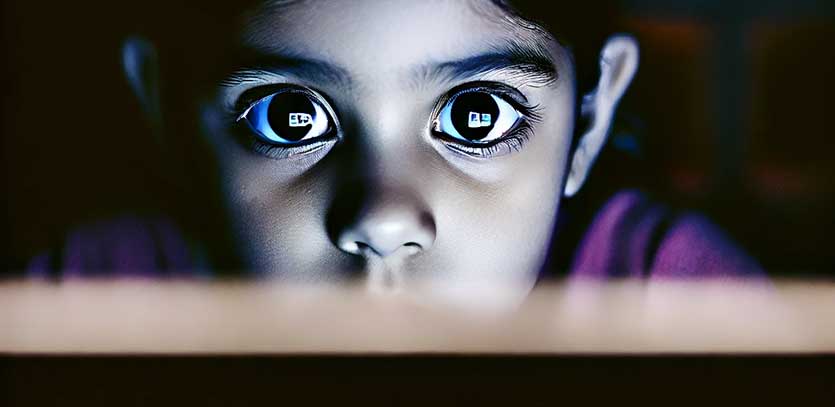A Step Forward with the Kids Online Safety Act—but with Caution
The Senate's recent passage of the "Kids Online Safety Act" marks a significant moment in the ongoing effort to safeguard children in the digital age. This bill is a positive step forward, reflecting the growing recognition that the online world presents unique dangers to young users that need to be addressed.
At its core, the bill targets three crucial areas: protecting privacy, controlling content, and regulating how children interact with online platforms. These are issues that have long been the subject of debate, and the Senate's action represents a serious attempt to put meaningful regulations in place.
However, the bill is not without its controversies. Civil liberties groups, such as the American Civil Liberties Union (ACLU), have expressed concerns that the bill could inadvertently restrict access to vital information for protected groups, including LGBTQ+ youth. The vague language around "obscene" material, which the bill seeks to block, leaves much room for subjective interpretation, raising questions about what might be censored in the name of protection.
One of the more vocal opponents of the bill is Senator Rand Paul, who voted against it, citing concerns that it could limit freedom. Paul, a consistent advocate for minimal government intervention, worries that this legislation could set a dangerous precedent for how far the government can go in controlling content online.
Yet, it’s hard to argue against the bill's potential to curb the addictive nature of social media platforms. One of the bill's primary goals is to prevent harm by finding ways to limit how children interact with these platforms. Reducing screen time and additive engagement is an essential part of ensuring that the next generation grows up with a healthier relationship with technology.
This legislation is the first major effort by Congress to hold tech companies more accountable for the environments they create. It passed with broad bipartisan support—a rarity in today's political climate—which speaks to the consensus that keeping kids safe is an undeniably good idea.
While there may be flaws in the bill, we should think of the Kids Online Safety Act in the same way we think about regulations regarding seat belts in cars. When seat belts were first introduced, they weren’t a perfect solution to automotive safety, and many resisted their adoption, arguing that they were an unnecessary restriction on personal freedom. But over time, seat belts became an accepted and essential part of keeping people safe on the road. The Kids Online Safety Act is similar: it’s not a cure-all for the issues children face online, but it’s a necessary first step in a larger process. Just as seat belts have saved countless lives, this bill has the potential to prevent harm and protect young minds from the most dangerous aspects of the digital world.
However, like any new regulation, there will be challenges in implementation. There are areas where this bill might fall short, and adjustments will likely be necessary. But it's important to recognize that this is a process, much like the introduction of seat belts in cars—an ongoing effort to improve safety rather than a single, perfect solution.
As we move forward, it's crucial that we continue to refine our approach, ensuring that we protect our children without inadvertently stifling the very freedoms we seek to uphold.
Kristian Hammond
Bill and Cathy Osborn Professor of Computer Science
Director of the Center for Advancing Safety of Machine Intelligence (CASMI)
Director of the Master of Science in Artificial Intelligence (MSAI) Program

